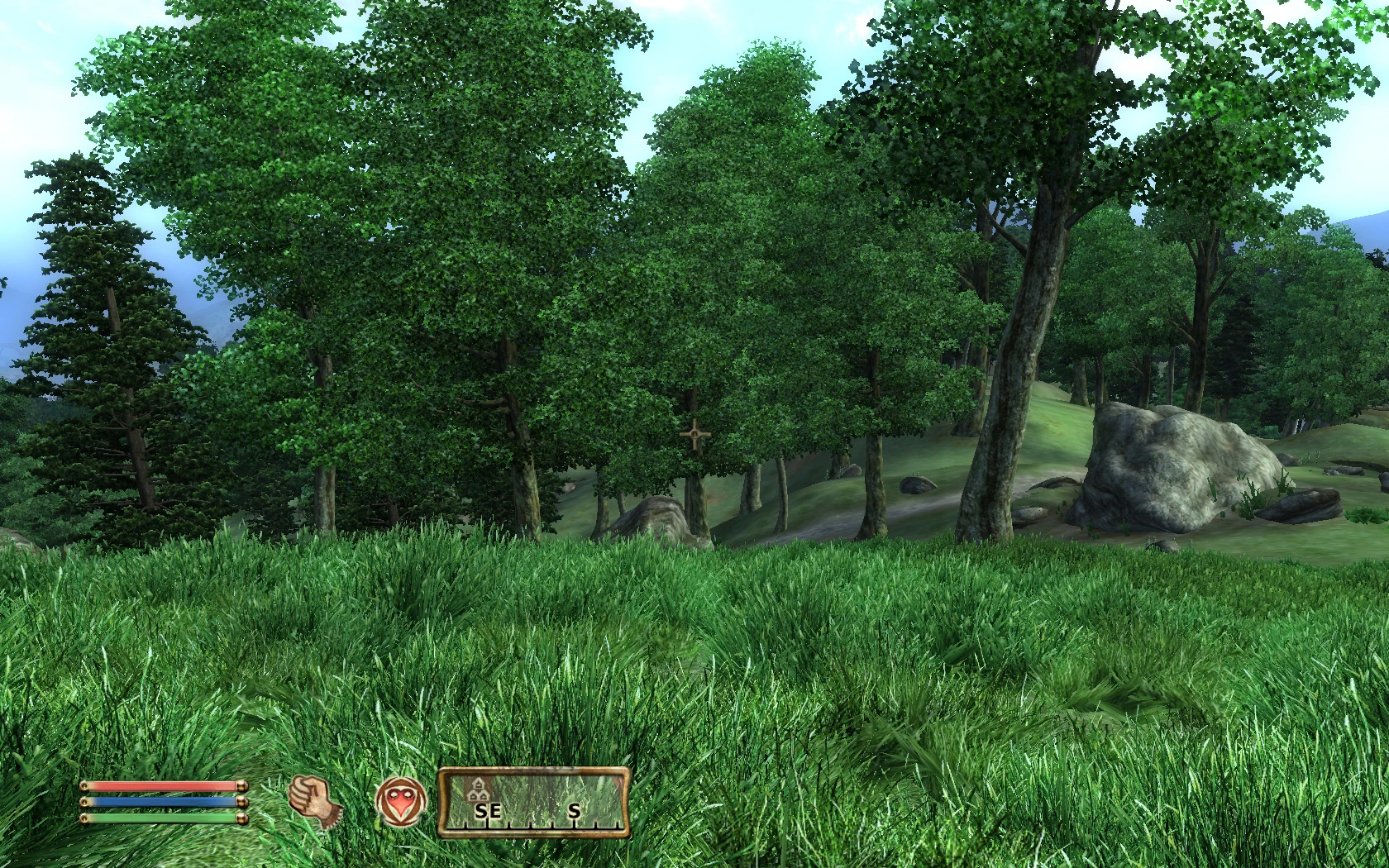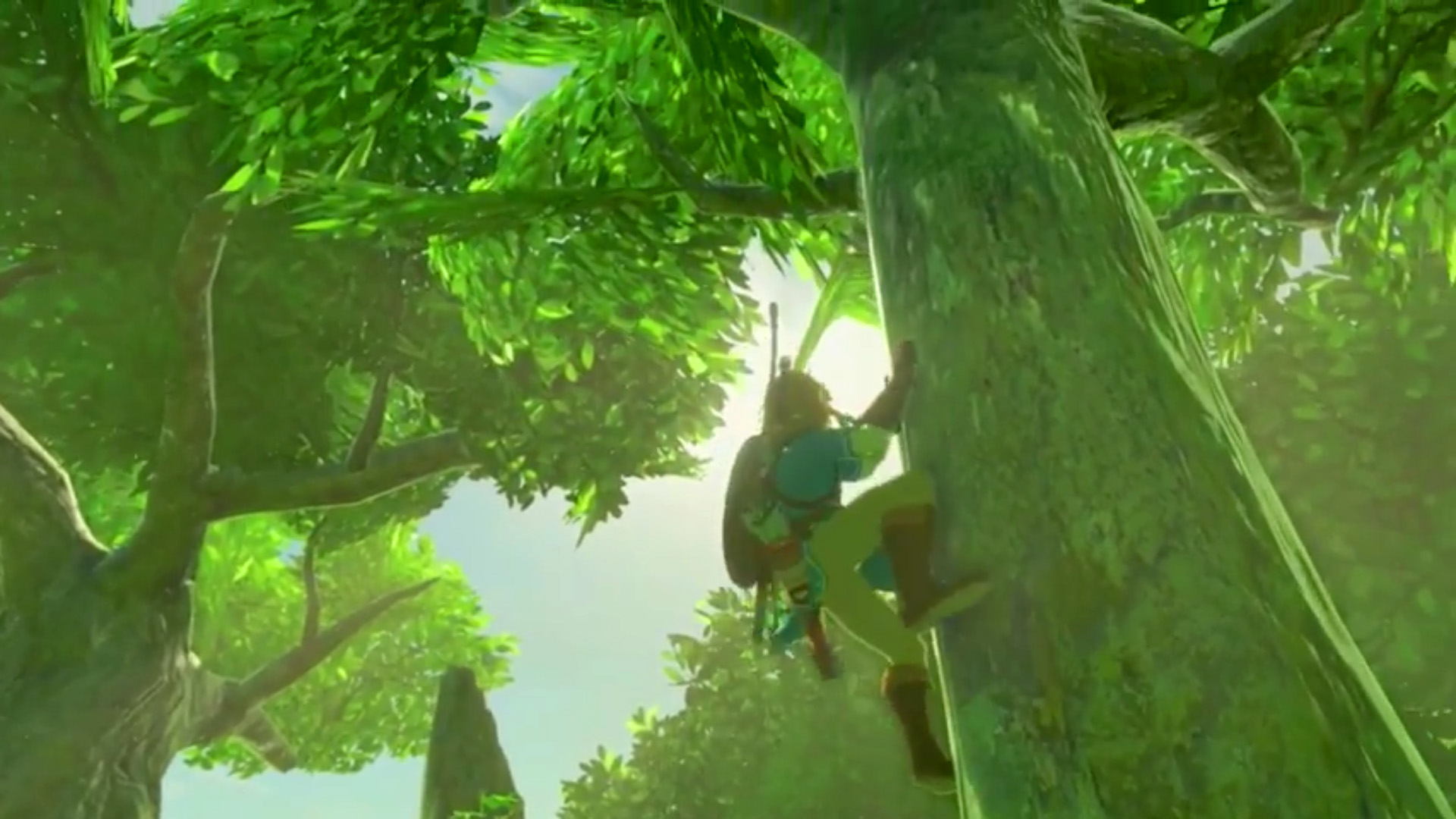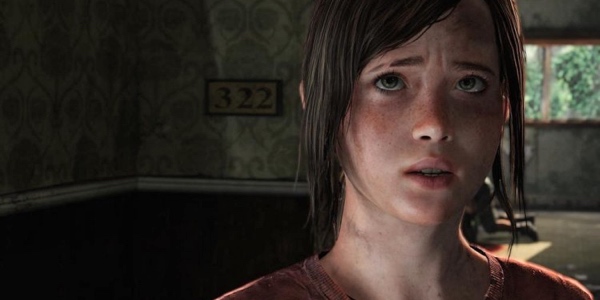If you want to make a technical argument, make reference to techniques. Presently you're just insulting and I'm regretting approving your posts...
I don't think I'm insulting. I'm simply giving my opinion in a subject based on real world number (like the WiiU specs or the fact that for Nintendo the graphics are not a priority).
Huh? BoW's shadowing is clearly realtime, and looks to be per blade of grass. Oblivions' grass is sprites for clumps sparsely placed. From 17 minutes, the first footage I can find of wandering around outside.
The beginning of this video it's you with between 3 and 5 highly detailed (when compared to Zelda) human beings rendered in real time, meanwhile: "how many complex objects have we seen in the Zelda videos"? The stone golem, which is pretty simple in terms of polygons, it's the only thing that comes to mind and it's still an ultra-low poly mess when compared to that.
But this is a Nintendo game after all so "no-humans" is totally within expectations. Let's analyse the outside scenarios, and this is how foliage is represented in oblivion:
Tons of different trees from different species, all rendered to such an absurd detail it seems every single piece of foliage can be distinguished individually.
On the other hand, let's take a look at Zelda's "trees":
What the hell is this mess? In order to save bandwidth and graphical resources, they had to put a PS1 cardboard in form of "leaves" coupled with an ultra low-poly trunk that wouldn't even be considered decent on a PS2. I mean, the difference is brutal here just in terms of transparencies, polygons and textures. And then multiply that by the hundreds and hundreds of trees you see in Oblivion, that alone would make the WiiU to literally explode.
Oh and by the way, where do you see that the "blade of grass" has any kind of shadowing attached to it? Those blades of grass doesn't project ANY SHADOW, they're not shadowed in real time which completely invalidates your argument.
See, considering there's a light-source coming from behind (the explosion) and:
1. Not a single blade of grass casts it's shadow anywhere. They've got no shadows, this is PS1-PS2 levels of awfulness. I mean, this is the first Uncharted, an unpolished PS3 game that only scratched the surface of what PS3 was capable of, and:
Simply WOW. Every single leave casts it's shadow in the ground, every single branch does the same. And I insist, this is PS3 at half his power, while Zelda will be Nintendo biggest effort in a console that released 7 years later. By the way, do you know a game called Flower? It was an ultra-low cost project that simply seek REAL INNOVATION when it came o gameplay, and what Nintendo has had to copy in order to be able to release it's Zelda.
cartoony looks doesn't necessarily mean simpler rendering. The lighting and shadowing in Oblivion is pretty simplistic. There are lots of ocassions of no environment shadows, only character shadows.
Cartoony helps you hide your graphical shortcomings. A low res texture, for example, looks miles better when you use cell shading -and occupies less space in memory- than a realistic texture, because:
1. It can have much less details.
2. It looks ok having those much less details.
I'm talking about grass. Show me a PS360 game with lush grass and per-blade shadowing.
But the point is... ZELDA DOESN'T HAVE PER-BLADE SHADOWING. It doesn't even have "per foliage" lighting like the first Uncharted, but since you ask for it, this is an ultra low-cost project made by Sony that Nintendo has blatantly copied in order to make it's next "most innovative" game.
This is what PS3 and XBOX 360 were capable of when it came to rendering blade of grass. Properly lighted blades in an absolutely expansive world full of small details, and a physics driven videogame that puts that Nintendo Zelda at the level of a PS2 on-asteroids game.
Of course, this was just a small project that in no way makes a good use of PS3's real power, and there are dozens and dozens of more technically demanding games on the system. But even that small indie game completely destroys Nintendo's best effort when it comes to graphics, and it's logical, the PS3 may perfectly be between 3 and 5 times more powerful than the WiiU so even the smallest projects destroy Nintendo at every single metric.
Stop raising aesthetic. This is a technical thread in the technical forum, and I (and others) are quite capable of divorcing ourselves from the art (which TBH I'm not overly fond of, although I certainly prefer it to the cold, crude lighting of early PS360 games). Raise an actual technical point. Drawing and shadowing lots of individual blades of grass is a lot more demanding than plomping down a few grass-bunch sprites on a big slab of grass-texture which was the usual solution last gen, including Oblivion and The Last of Us.
Stop bringing that "per blade shadowing" argument because its false. And no, TLOU had much better grass than this Zelda, come on, even the first Uncharted had it as you can see in the pictures and TLOU is almost a generation above it.
If even a tiny demo destroys Zelda at what you thought it was unbeatable, how do you think Zelda can beat an absolute master piece like TLOU when it comes to the technical feats?
Look at how every single leaf casts it's own real time shadow in the grown, in a game where apart from the light of the sun you can have dozens of real time light-sources coming from the pistols when you shot or the fire of torches if you equip yourself with one.
Each of those points you might be right on - try making a technical argument. I don't think lighting is radically different bewteen BoW and most PS360 games, only the contrast and 'ambient light' is different. Lighting techniques seem broadly the same. BoW has better shadowing than a lot of PS360 games. Has way better grass! IQ is terrible, but it was on plenty of PS360 games. TLoU sacrificed IQ and framerate to pull of its visuals.
As you've seen, the lighting in Zelda is much below what you claimed it to be since it has no per-blade shadowing -a pretty basic rendering feature in my opinion-. If it had per-blade shadowing and like 10 times the amount of real-time light sources THEN it could be considered a -still fairly mediocre- PS3 game. But it doesn't have that. It has a single "good enough for PS3" light coupled with a "much below ps3 standards" shadowing system that coupled with its cartoony looks can feel like its decent enough. A good technical feat considering the hardware is between 3 and 5 times less powerful than a PS3 (and that's considering it has more RAM, because in terms of CPU, the Cell is at least an order of magnitude faster than the 1999 archaic design of the WiiU).
To be fare Xenon is not good either. At least Gamecube CPU is out-of-order and does not have LHS headache. It does not perform better per clock. It's worse.
Xenon has its own share of problems as well, but it's from a 2005 architecture. It supports a far more modern instruction set that the 1999 CPU on the WIIU simply doesn't support and would take dozens of instructions to simply emulate (that's without even counting the fact that the WiiU CPU works with 2x32 bits when it comes to floating point operations, which is a fraction of the 4x32 bits (x 2, because the Xenon processor has the FPU + the Altivec processing unit), and the "out-of-orderness" of the Game Cube CPU was so limited that in practical effects it was an in-order CPU as well.








